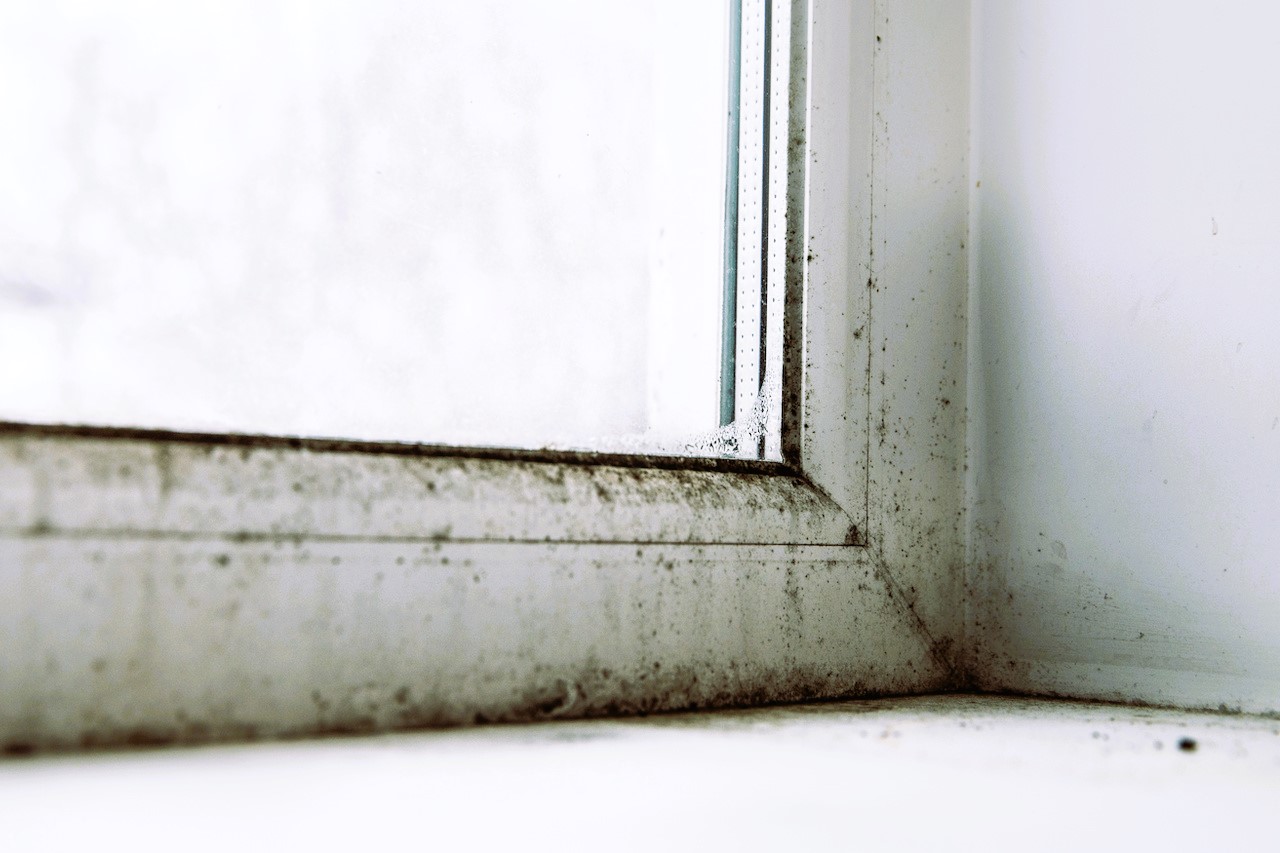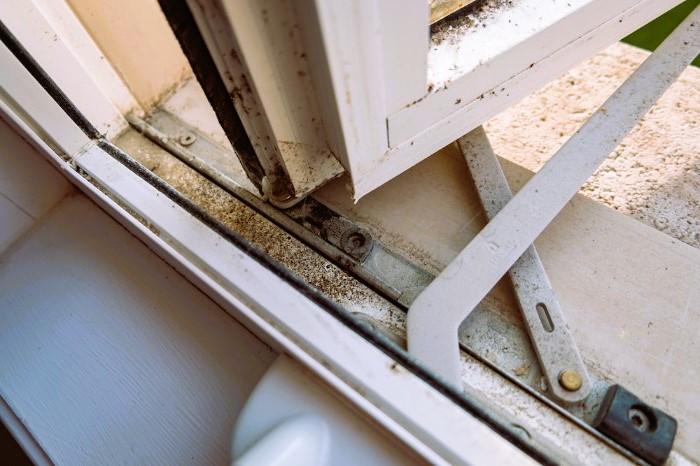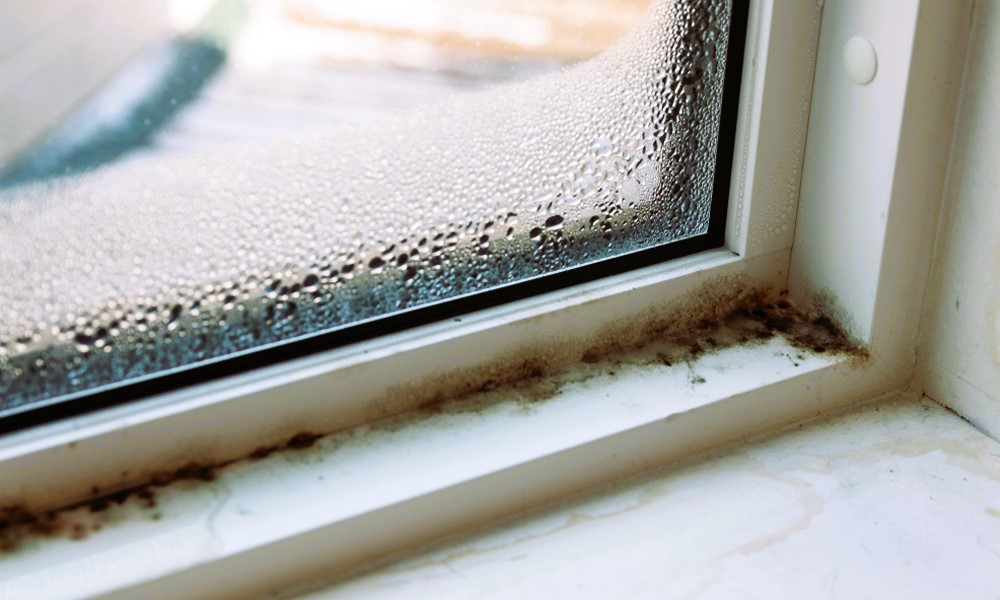Windows, often considered the eyes of a home, bring in natural light and offer beautiful views. However, they can also be a breeding ground for mold if not properly maintained. Understanding the causes and implementing effective solutions is crucial to keeping your windows and home mold-free.
Causes of Window Mold
1. Condensation:
Condensation is a primary culprit for window mold. When warm, moist air comes into contact with cold window surfaces, it condenses, creating an ideal environment for mold growth. This is particularly common during colder months when temperature differentials are more pronounced.
2. Poor Ventilation:
Inadequate ventilation exacerbates the condensation issue. Stagnant air allows moisture to linger, providing the perfect conditions for mold spores to settle and multiply. Homes with limited ventilation, especially in bathrooms and kitchens, are particularly susceptible.
3. Water Leaks:

Leaky windows can introduce water into your home, creating damp conditions that foster mold growth. Whether from damaged seals, improperly installed windows, or cracked panes, water infiltration poses a significant risk.
4. Lack of Sunlight:
Mold thrives in dark, damp areas. If your windows are frequently shaded or obstructed, preventing sunlight from reaching the surfaces, it creates an environment conducive to mold development.
Solutions for Window Mold
1. Improve Ventilation:
Enhance airflow within your home by using exhaust fans in kitchens and bathrooms. Consider installing a whole-house ventilation system to maintain a consistent flow of fresh air, reducing the chances of condensation.
2. Use Dehumidifiers:
Dehumidifiers help control indoor humidity levels, especially in areas prone to moisture buildup. Placing a dehumidifier near windows can significantly reduce the likelihood of mold growth.
3. Regular Cleaning:
Regularly clean and wipe down window surfaces to remove accumulated dust, dirt, and potential mold spores. Pay attention to window sills, tracks, and frames where mold often takes root.
4. Address Water Leaks Promptly:

Inspect windows for any signs of leaks and address them promptly. Repair damaged seals, replace cracked panes, and ensure that windows are properly installed to prevent water infiltration. The hidden dangers of mold in your home: read our detailed guide.
5. Increase Sunlight Exposure:
Trim trees or bushes that may be blocking sunlight from reaching your windows. Consider using sheer curtains or blinds that allow natural light while still providing some privacy.
6. Apply Mold-Resistant Coatings:
Consider applying mold-resistant coatings to your window frames and sills. These coatings create a protective barrier, inhibiting mold growth even in humid conditions.
Conclusion
Understanding the causes of window mold is the first step towards creating a healthier living space. By implementing proactive solutions, you can mitigate the risk of mold growth and ensure that your windows remain a source of natural light and beauty.
For more information on mold prevention and home maintenance, you can visit Canada.ca – the official website for the Government of Canada, providing valuable resources on maintaining a healthy home environment.
Remember, a mold-free home starts with informed and proactive homeowners. Take the necessary steps today to enjoy the benefits of clean, clear, and mold-free windows.


